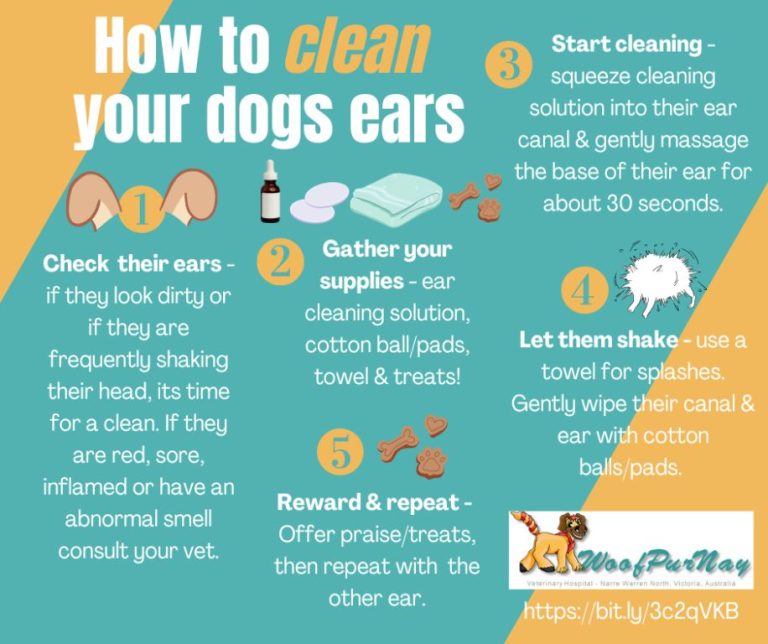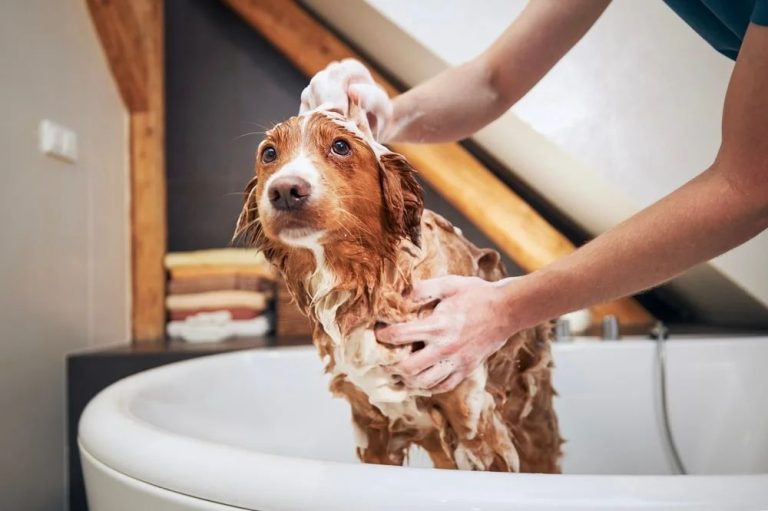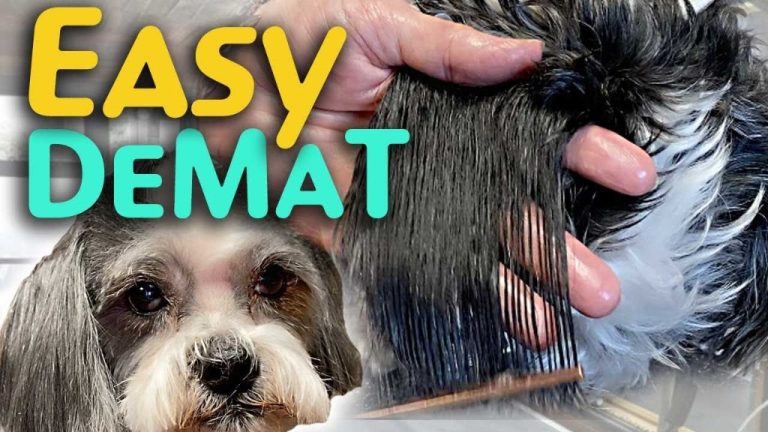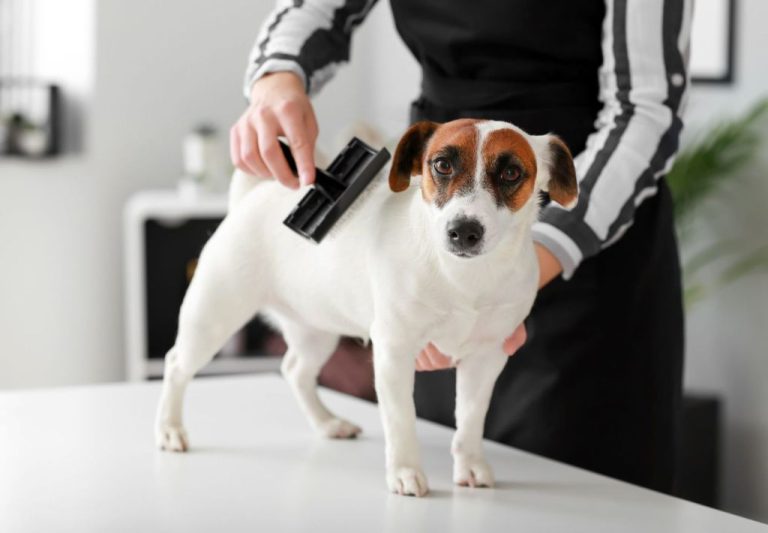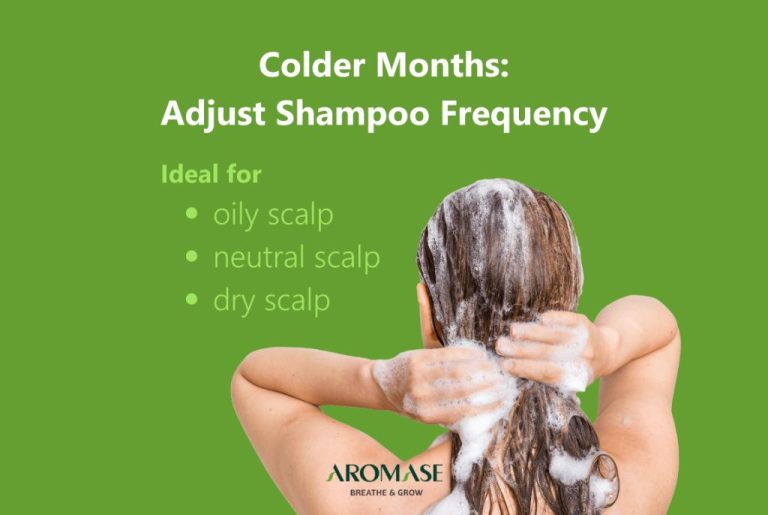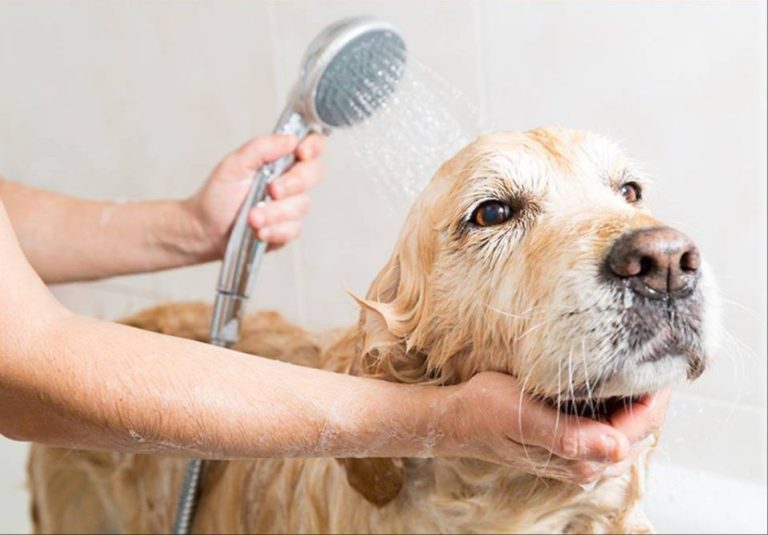Dental Care For Dogs: Tips For A Healthy Smile
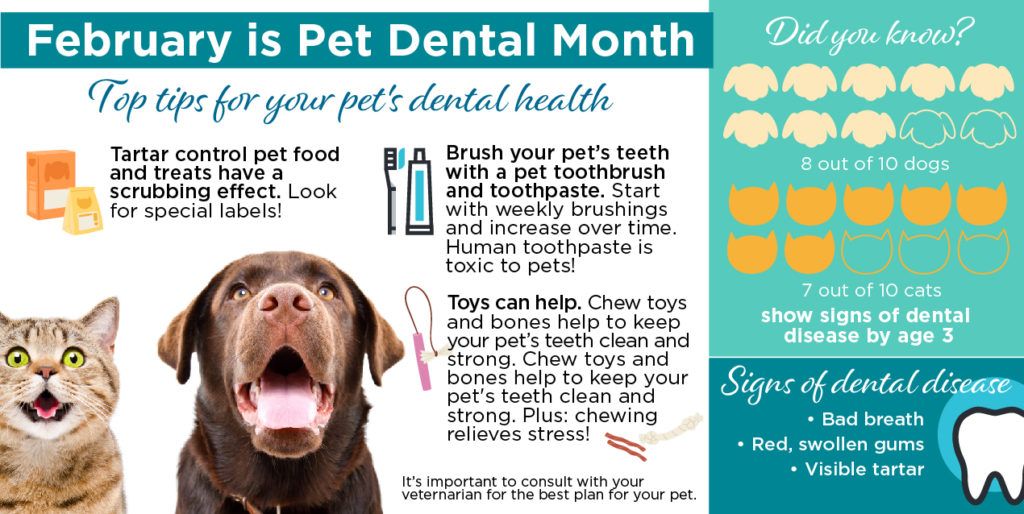
Good dental health is extremely important for dogs. According to the American Animal Hospital Association (AAHA), over 70% of dogs show signs of oral disease by age 3. Dental disease is painful, can lead to tooth loss, and negatively impacts overall health. Poor dental health has been linked to heart, liver and kidney problems in dogs. Regular dental care, both at home and professional cleanings, can prevent plaque buildup, gum disease, cavities and tooth decay.
This article provides an overview of common dental problems in dogs, signs of dental disease, tips for preventive home dental care, when to seek veterinary treatment, and how vets can help promote dental health through cleanings, extractions and other treatments.
Common Dental Problems in Dogs
Some of the most common dental issues that affect dogs include:
Periodontal Disease
Periodontal disease is an infection in the tissue surrounding the teeth and is caused by plaque and tartar buildup (source). As plaque and tartar accumulate along the gumline and under the gums, bacteria can cause inflammation and infection of the gums (gingivitis) which can then spread to the roots and supporting structures of the teeth. Periodontal disease is the most prevalent oral disease in dogs and can lead to significant pain, tooth loss, and systemic illness if left untreated.
Broken or Damaged Teeth
Dogs can fracture or chip teeth through trauma or from chewing on hard objects. The pulp cavity can become exposed, allowing bacteria to infect the tooth. This can be very painful and lead to abscesses or loss of the tooth if not treated (source).
Gingivitis
Gingivitis refers to inflammation of the gums caused by plaque and tartar accumulation along the gum line. The gums can become swollen, bleed easily, and be quite painful. Gingivitis can lead to more serious periodontal disease if not addressed (source).
Abscesses
Abscesses related to dental infections are pus-filled pockets that form at the root of affected teeth. They are very painful and can create drainage tracts to the skin surface. Abscesses require treatment with antibiotics and often tooth extraction (source).
Signs of Dental Issues
Some common signs that your dog may be suffering from dental problems include:
Bad breath – Persistent bad breath is one of the most common signs of periodontal disease in dogs. The breath usually smells very foul and offensive. This is caused by bacteria accumulating on the teeth and gums.
Discolored teeth – Over time, tartar buildup can lead to discoloration of the teeth, usually turning them brown or yellow. This discoloration indicates the presence of plaque, tartar and bacteria.
Swollen/bleeding gums – Inflamed, swollen or bleeding gums are a clear sign that bacteria is irritating the gum tissue. Gums may look red and raw. This inflammation is called gingivitis, an early stage of gum disease.
Loss of appetite – Dental infections or oral pain can make eating difficult or uncomfortable for dogs. You may notice your dog suddenly loses interest in food or treats.
Pawing at mouth – Some dogs will paw at their mouth or face if they have tooth and gum pain. This behavior indicates discomfort or irritation in the mouth.
Preventive Care
There are a few key ways to provide preventive dental care for dogs at home to maintain good oral health between professional cleanings.
Brushing your dog’s teeth daily is the most effective method for preventing plaque and tartar buildup. Use a soft-bristled brush and dog-safe toothpaste to gently clean all surfaces of the teeth. Work up to brushing for 2-3 minutes daily. Offer treats and praise to make it a positive experience. Proper brushing can reduce the need for cleanings under anesthesia.
Dental treats and chews are another option for helping control plaque. Look for products with the VOHC seal from the Veterinary Oral Health Council, indicating they are proven to reduce tartar. Give dental chews according to package directions. Chew treats help scrape away plaque but don’t replace brushing.
Even with home care, most dogs need an annual veterinary dental cleaning and exam while under anesthesia. Vets can take x-rays, probe under the gumline, and thoroughly clean all tooth surfaces above and below the gumline to remove disease-causing plaque. Professional cleanings are crucial for protecting your dog’s oral health.
Professional Cleanings
A professional dental cleaning is performed by veterinary staff to thoroughly clean a dog’s teeth and provide preventive dental care. During a dental cleaning appointment, the veterinarian will perform a complete oral exam, take dental x-rays if needed, scale the teeth to remove tartar and plaque buildup above and below the gum line, and polish the teeth to smooth enamel surfaces (VCA Hospitals).
Veterinarians recommend professional dental cleanings for dogs every 6-12 months depending on the dog’s health and dental needs. More frequent cleanings may be recommended for dogs with significant tartar buildup, advanced periodontal disease, or other risk factors (Banfield Pet Hospital). Professional cleanings remove plaque and tartar that can lead to infection and tooth loss if left untreated.
Extractions
Sometimes an extraction is necessary if the tooth is loose, infected, or causing your dog significant pain or discomfort. According to https://www.hillspet.com/dog-care/healthcare/dog-tooth-extractions, the most common reasons for extractions in dogs are advanced periodontal disease, fractured teeth from trauma, and malocclusion or misalignment of teeth.
The recovery process after a tooth extraction will depend on how many teeth were removed. For a single tooth, most dogs recover fully in 2-3 days. With multiple extractions, recovery can take up to 2 weeks, according to https://www.wellpets.com/blog/193-dog-tooth-extraction-aftercare. Your vet will provide detailed home care instructions, but you can generally expect:
- Giving pain medication as directed
- Feeding soft food for 7-10 days
- Avoiding play that could dislodge blood clots
- Restricting activity for a few days
- No chewing toys or brushing teeth near surgery sites temporarily
Stay in close contact with your vet and follow all aftercare instructions carefully to ensure proper healing.
Home Care Tips
One of the best ways to prevent dental disease and keep your dog’s teeth clean is to brush them regularly. Here are some tips for effective brushing:
Use a soft-bristled brush designed specifically for dogs. There are finger brushes for small dogs and brushes with longer handles for larger breeds. Be sure to use dog toothpaste, not human toothpaste which can upset their stomach [1].
Brush gently in small circles, paying special attention to the gumline where bacteria can accumulate. Go slowly and keep sessions brief when first starting out, to help your dog get used to the process. Be patient and reward with treats [2].
Aim to brush daily, but 2-3 times a week can still make a difference. Even brief 20-30 second brushing sessions are beneficial.
Diet Tips
Providing your dog with food that helps maintain dental health is key. For the best results, choose a dental diet dog food formulated to clean teeth.[1] Veterinary dental diet foods like Purina’s DH Dental Health[2] and Hill’s Prescription Diet t/d Dental Care[3] include kibble designed to scrub plaque and tartar off teeth as your dog chews. These diets are formulated to specifically target dental health.
You should also avoid giving your dog hard treats like bones, antlers, and hooves. While dogs love to chew them, these treats can lead to broken teeth and expensive dental work. Stick to softer treats that massage gums rather than damaging teeth.
Other Tips
Besides regular brushing, there are some other helpful tips to promote good dental health in dogs:
Dental toys like ropes, rubbers, and specially designed interactive toys help clean teeth and massage gums as dogs chew. Look for toys made specifically for dental health that are abrasive but not too hard (AKC).
Water additives containing enzymes and antimicrobial ingredients help prevent plaque and tartar buildup. They are easy to add to a dog’s drinking water daily. Some popular options are HealthyMouth, PetzLife, and Leba III (PetMD).
When to See a Vet
If your dog is showing signs of serious dental disease, it’s important to schedule an appointment with your veterinarian right away. According to GreenDog Dental, some signs that indicate an urgent dental visit is needed include:
- Bad breath that doesn’t resolve with brushing
- Red, inflamed gums
- Broken or loose teeth
- Cysts or masses in the mouth
- Excessive drooling
- Difficulty eating or chewing
- Swollen face
At the vet appointment, the vet will perform a comprehensive oral exam to check for dental disease and other issues. They may take dental x-rays to get a better look at problems below the gumline. Based on the exam findings, the vet will recommend appropriate treatment, which may include a professional dental cleaning, tooth extractions, antibiotics, or other care.
Don’t delay if your dog is showing concerning signs of dental problems. Treatment sooner rather than later can help prevent more severe issues from developing.

